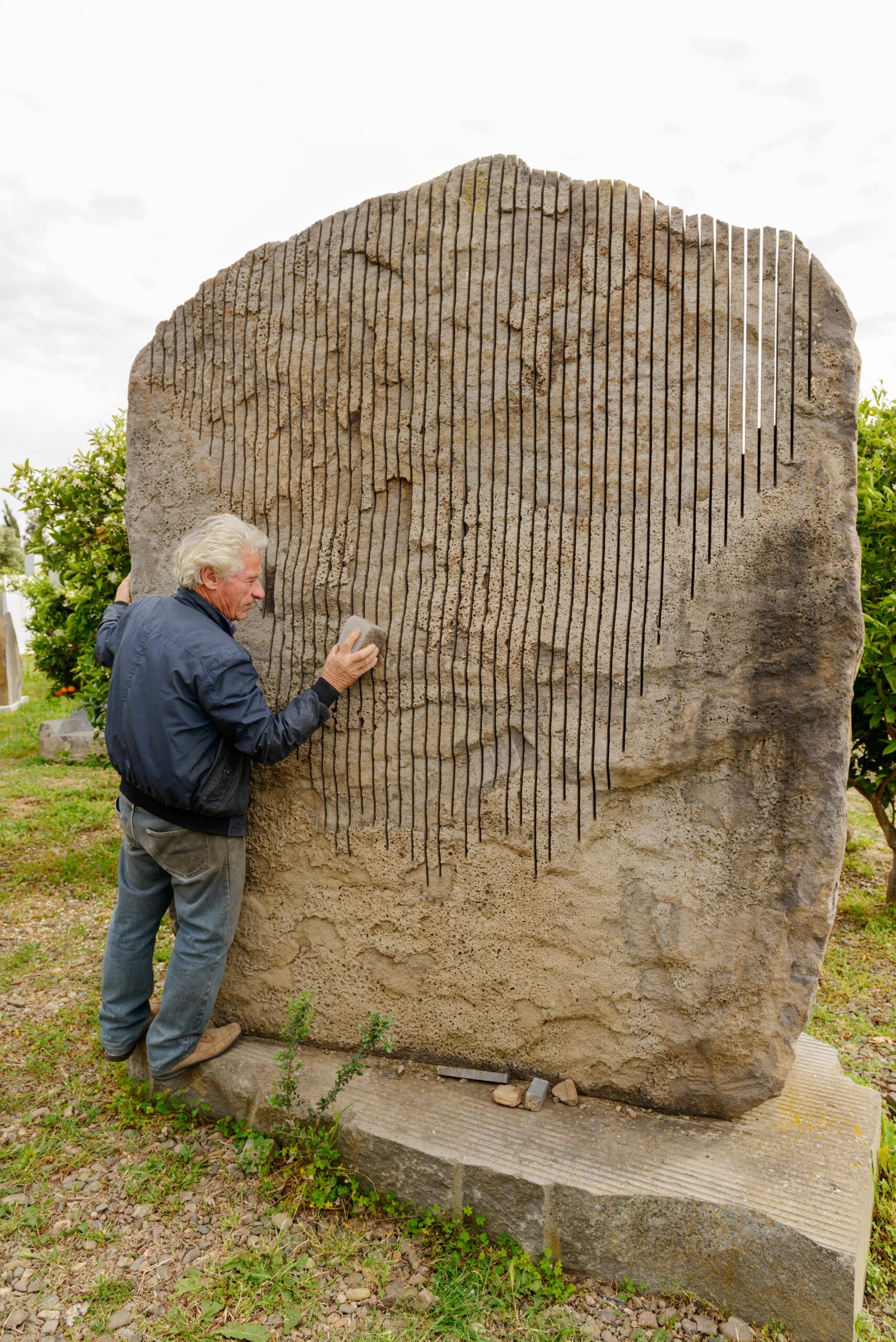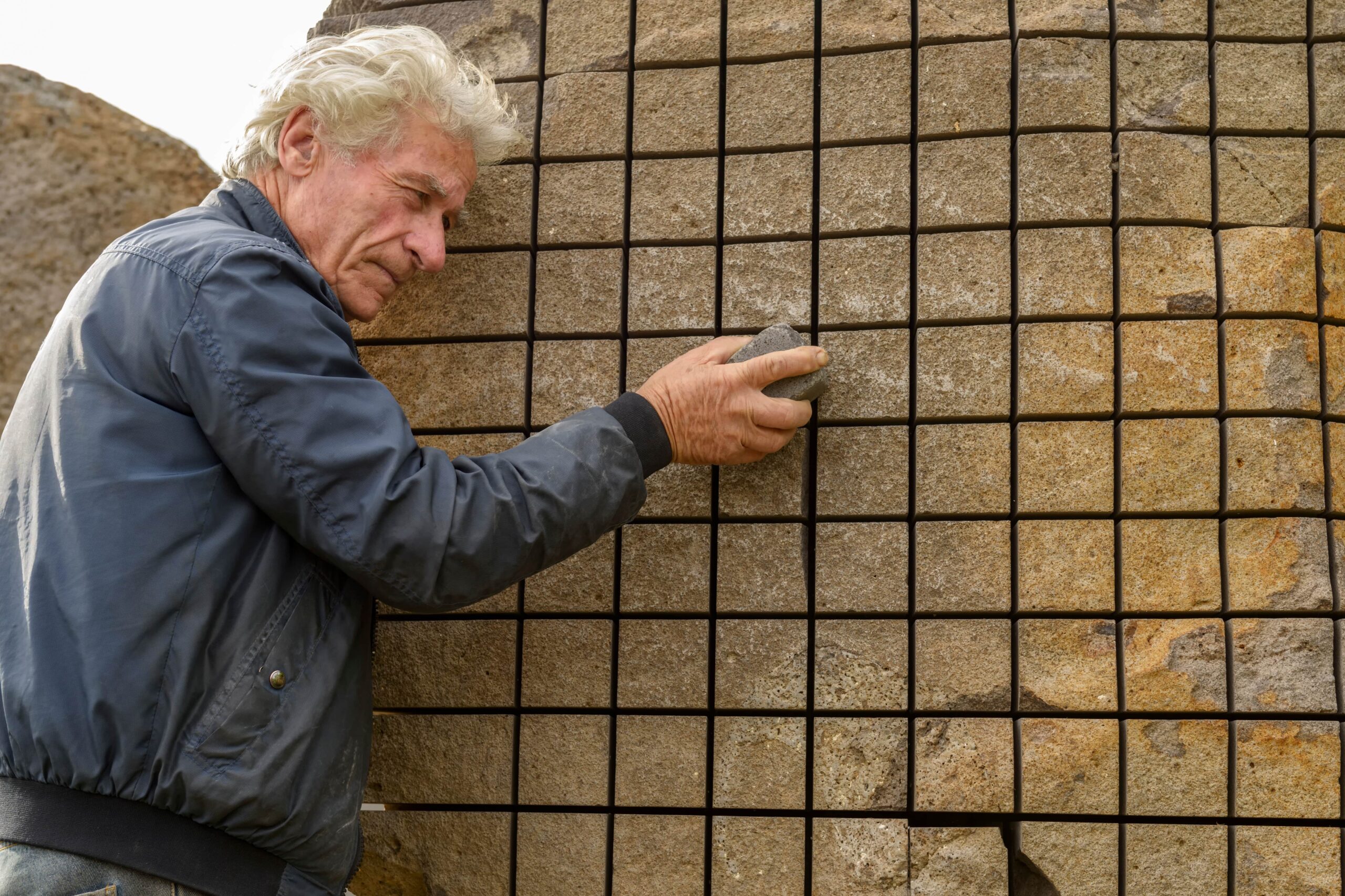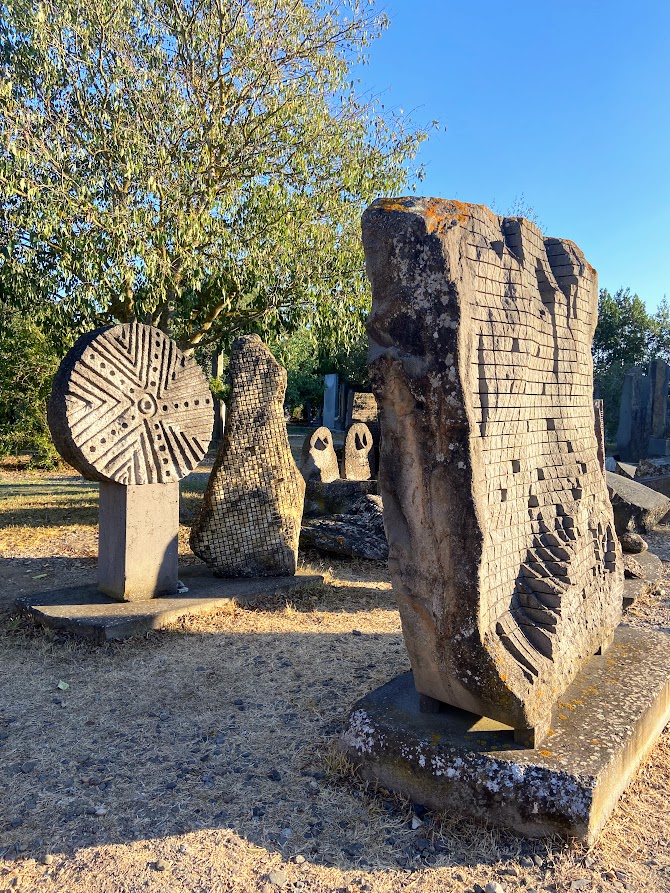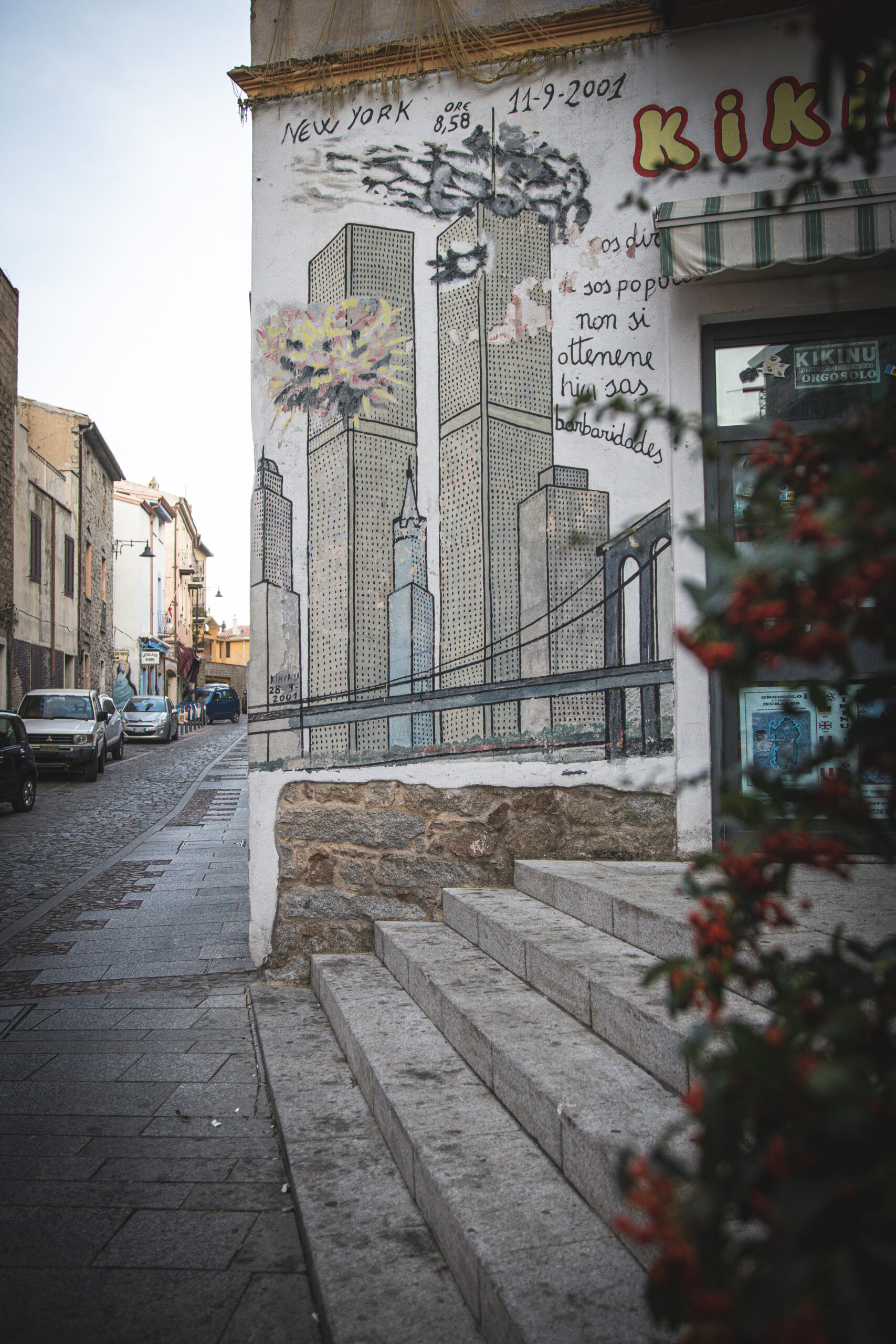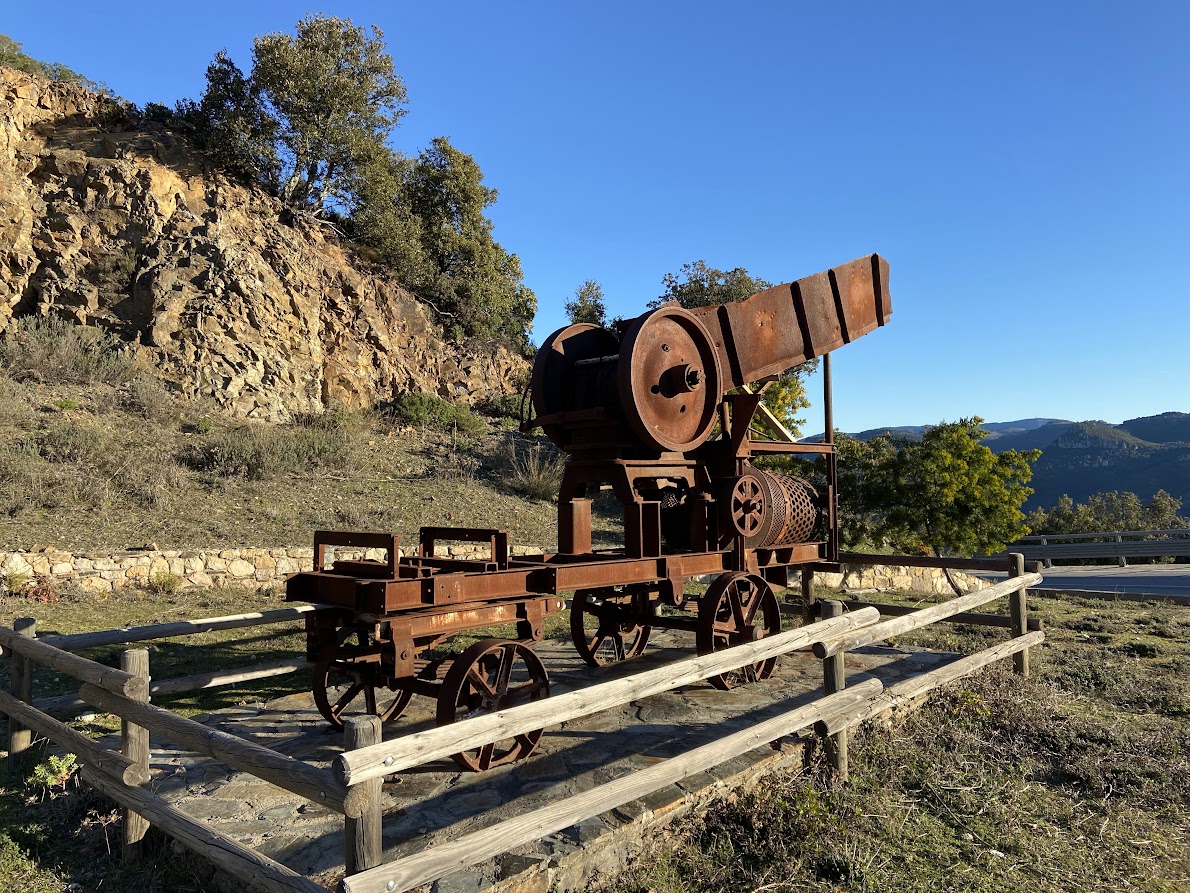
Nivola and Sciola
Costantino Nivola and Pinuccio Sciola, two big names of artists coming from Sardinia. Costantino Nivola, born in Orani in 1911, received international recognition for his sculptural skills, and above all for the technique of sand casting. He was the first to use in art and with it he created some very famous pieces. The American immigrant settled in New York with his wife, where he over the years exhibited several times and participated in various architectural projects. His art is often based on Sardinian history and his pieces resemble Nuragic figurines, his La Grande Madre collection in particular. Over 200 works can be admired in Orani, in the museum dedicated to this artist, and in the village of Ulassai, where he created a decorative washhouse together with the artist Maria La The second artist mentioned is a native of San Sperate, a village in the south of the island, that has thanks to him become an open-air museum. It was Pinuccio Sciola who in the 1960s started to paint scenes from the daily life of shepherds and farmers on the facades of local houses, and they then became a symbol of the city and gradually spread to other places on the island. His main project, for which he became world-famous, are the so-called sound or singing stones. Sciola used different types of rock in his work, from limestone to basalt, into which he carved variously deep cutouts. In contact with other stones or just with the hand, the stones create vibrations and emit melodic sounds, often similar to musical instruments, for example that of a violin. Even during his lifetime, the singing stones were exhibited several times at prestigious exhibitions throughout Europe. In San Sperate, where he worked and lived, his descendants run the Singing Garden so that the permanent exhibition of Sciola’s Singing Stones can be enjoyed by everyone.
